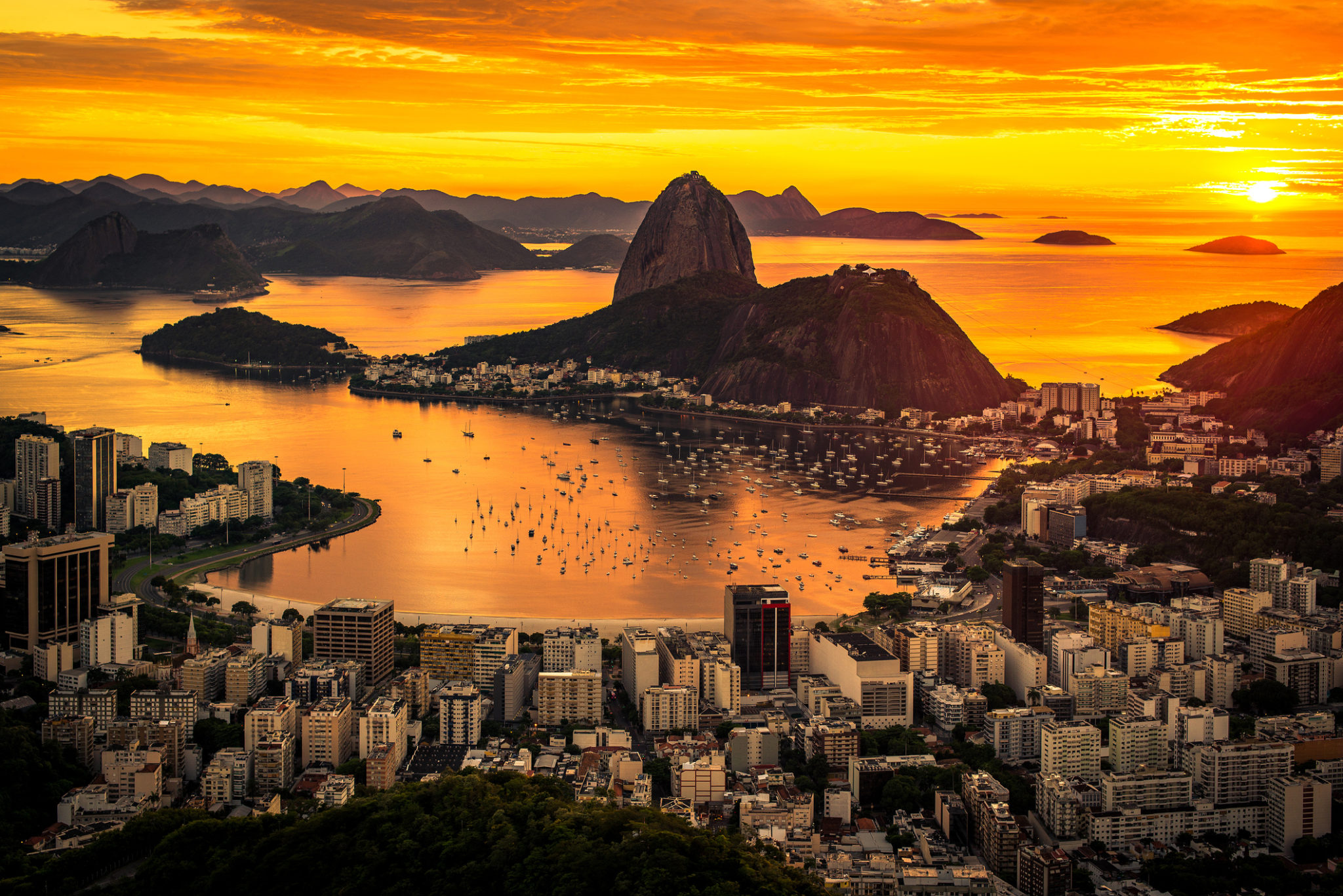
Make yourself at home and enjoy the Best of Rio
Planning your trip to Rio?
Come and discover one of the world’s most beautiful cities. Rio definitely should be in your list. On our blog we would like to provide information about Rio and some of the most important facts. Furthermore, get to understand the Largest Favela in Latin America, the beauty of Christ Redeemer, Sugar Loaf, Maracana Stadium, Tijuca Rainforest and much more.
10 facts you probably did not know about Rio
Rio is known all over the world as the wonderful city, ‘A Cidade Maravilhosa’. But if you think the beaches and samba are all Rio has to offer, think twice. There are many interesting facts about Rio de Janeiro to discover still.
1. Rio de Janeiro means “January River”
Rio de Janeiro, or January River, is a very poetic name for a city with more than 200 rivers running through it. But which river does it refer to? Well, the answer is: none of them.
It was in January 1502 that Portuguese explorer Gaspar de Lemos first arrived in Rio. Legend has it that Lemos was sailing through Guanabara Bay when he came up with the name for the city, mistaking the bay as the mouth of a big river.
2. Most of Rio’s samba schools are located in favelas
There are more than 1,000 slums, or favelas, in Rio – and almost one fourth of Cariocas (locals) live in them. Rio’s modest residents have been living in favelas since the end of the 19th century, being the most affordable housing option. It was there, in the favelas, that former African slaves and their descendants first created the music style we now know as samba.
3. The statue of Christ the Redeemer
Rio doesn’t lack natural beauty for postcards, but its most acclaimed feature is not only man-made, but was also elected one of the New 7 Wonders of the World in 2007. Nevertheless, Brazilian engineer Heitor da Silva Costa and French-Polish sculptor Paul Landowski began building the statue in 1926. They completed the project in 1931. The statue stands 98 feet (30 meters) tall, with its horizontally outstretched arms spanning 92 feet (28 meters). The statue of Christ the Redeemer, in fact, is breathtaking.
4. Rio has the world’s bluest sky
Clear skies, warm sand, a cold drink… Isn’t that what everyone wants for their holiday? Well, in Rio you will not only find that, but also the bluest sky in the whole wide world.
5. People from Brazil are among the quickest getting on and off buses
Buses are the most affordable way to get around Rio, and they will take visitors almost anywhere in the city. Riding a bus in Rio isn’t, however, as straight forward an experience as one might hope for. Bus drivers aren’t exactly cautious, trustworthy drivers, and they will often leave passengers behind if they are not quick enough to get on.
6. Rio is home to the biggest urban forest in the world
Rio is a big city, with more than 6 million inhabitants, but it can feel like a small town, especially when you find yourself in the middle of a forest, under the hard-hitting cascade of a waterfall. The reason for that is Rio is home to the largest urban forest in the world, Floresta da Tijuca.
7. Carioca means “white man’s house”
Carioca is what Rio’s locals are called. The word has its origins in the Tupi-Guarani language, used by the indigenous peoples who inhabited this blessed sliver of land long before any European knew it existed. Carioca.
8. Rio was once the new Capital of Portugal
To make a long story short. – Portugal ran away from France in 1807.
As a result, the royal family and over 15,000 people arrived in Rio de Janeiro in 1808. They brought their furniture, art, jewelry, books, files, and all the royal treasures with them. And so, the Portuguese crown founded the new capital of Portugal.
9. The world’s biggest football match was held here
Brazilians don’t remember it fondly, but 16 July 1950 was a historical day. Brazil was playing Uruguay in the final match of the 1950 World Cup. The stage was Maracanã, built especially for the occasion and, at the time, the biggest stadium in the world.
A total of 173,850 paid spectators – and an estimated 20,000 free loaders – were there to see what everyone thought was going to be Brazil’s first time receiving the World Cup
10. Sugarloaf Cable Car
Opened in 1912, the Sugarloaf Cable Car was only the third cableway to be built in the world.
11. Home to the largest Favela in Latin America
Rocinha is the largest favela in South America. It is home to over 100,000 people spread around 25,000 households, according to the Brazilian Institute of Geography and Statistics.
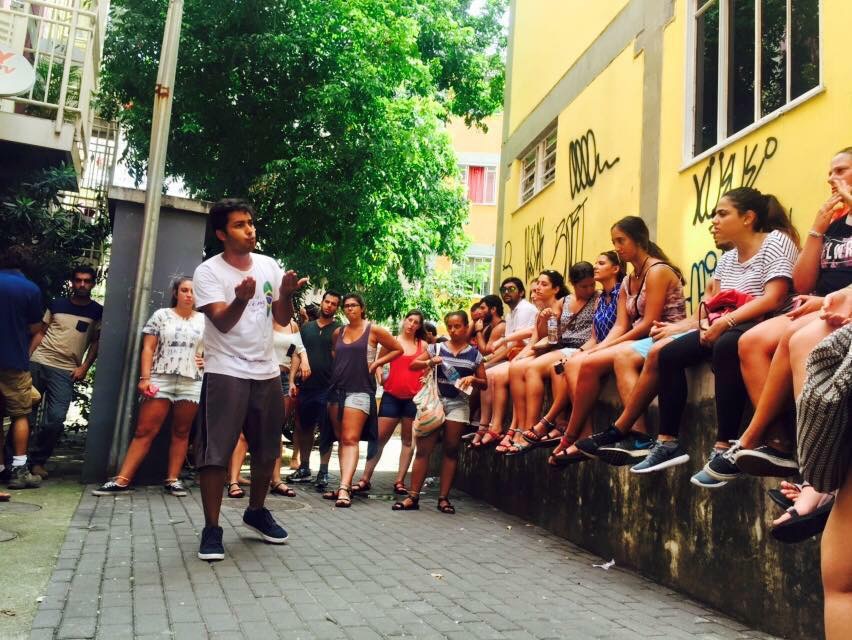
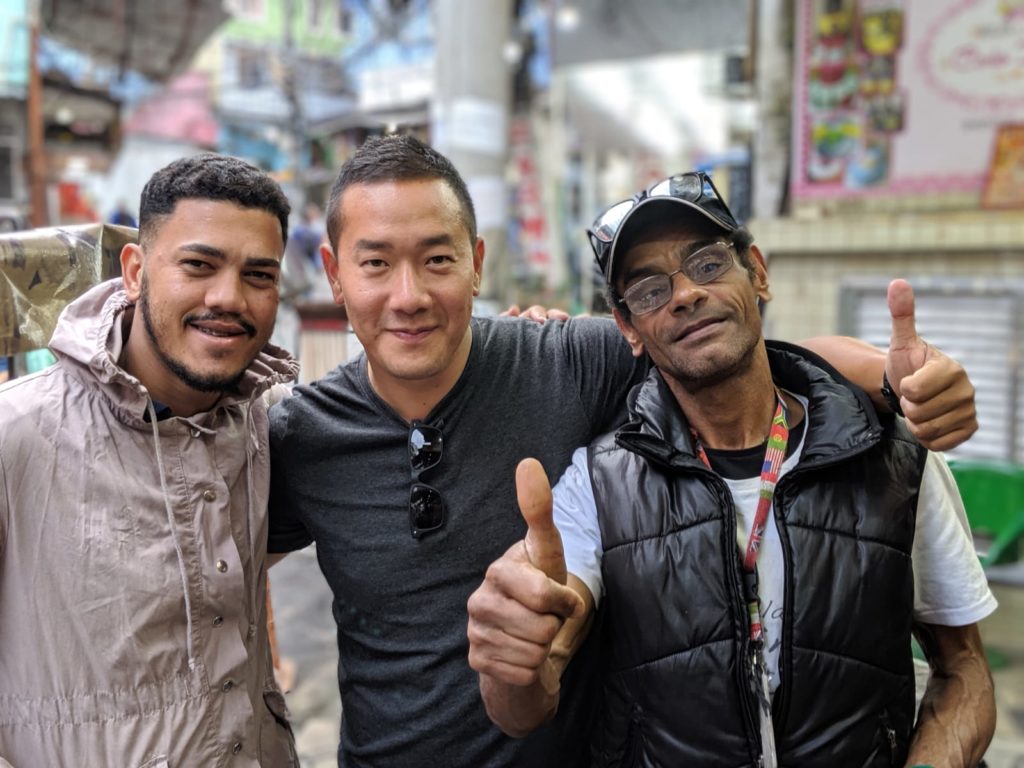
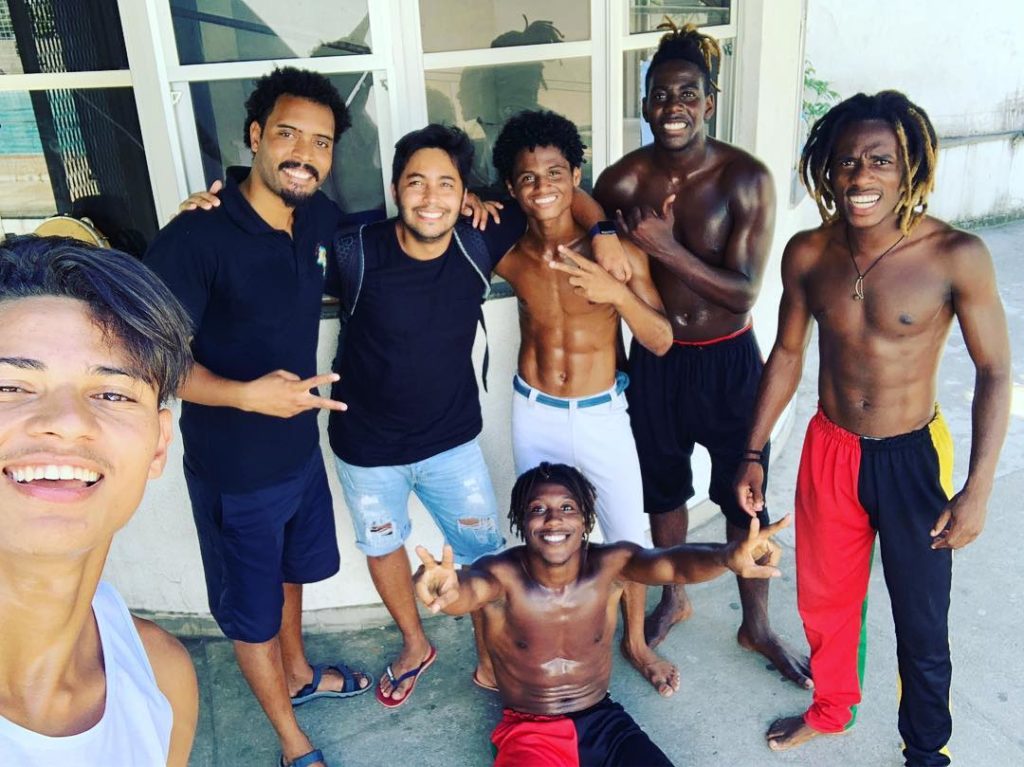
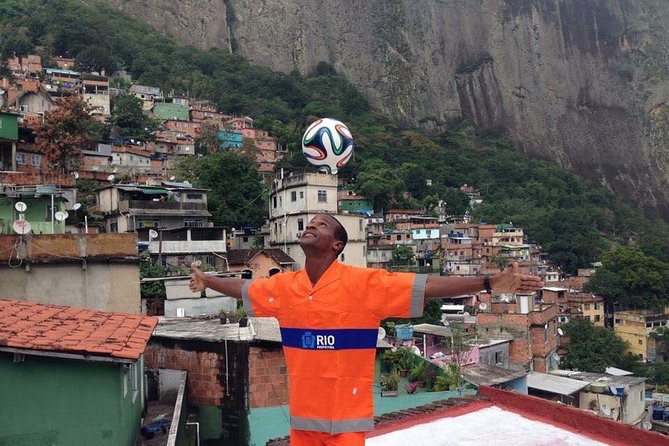
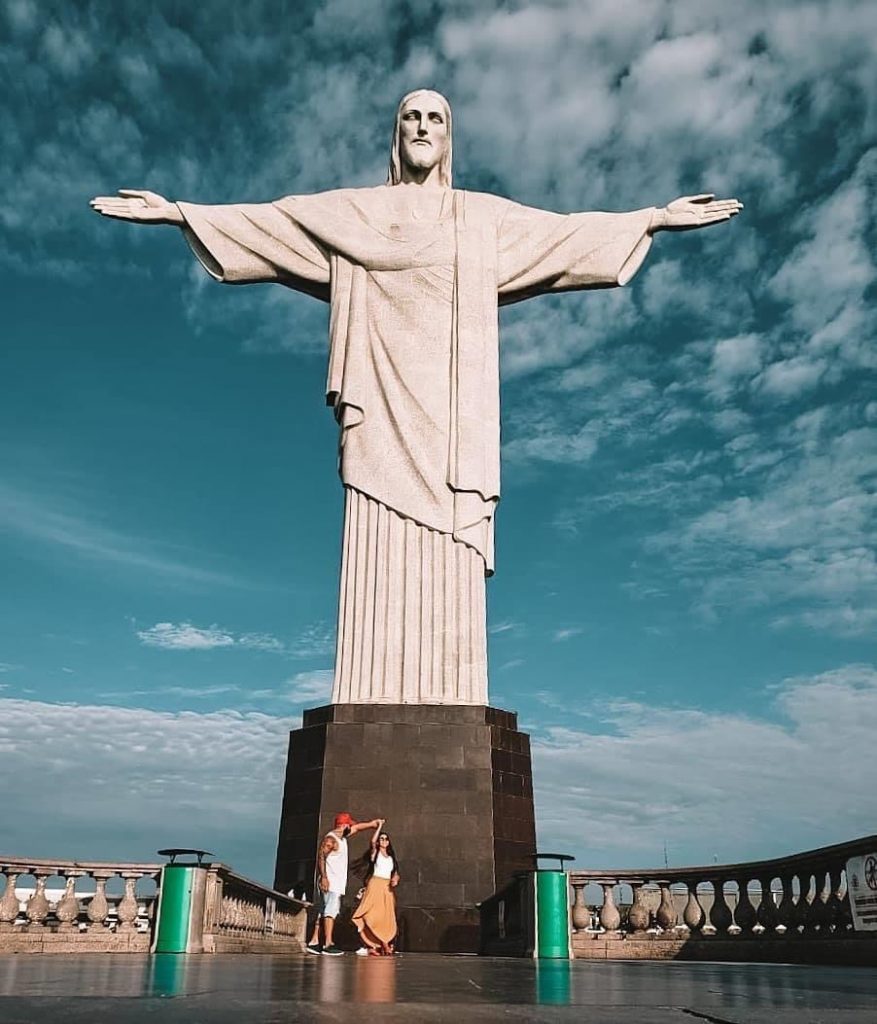
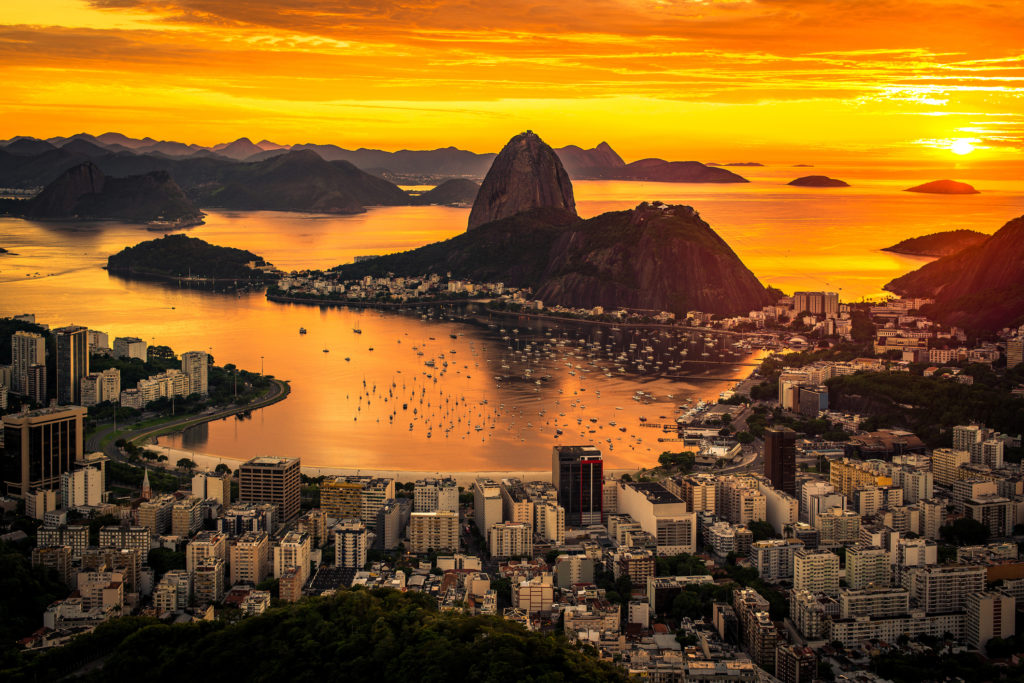
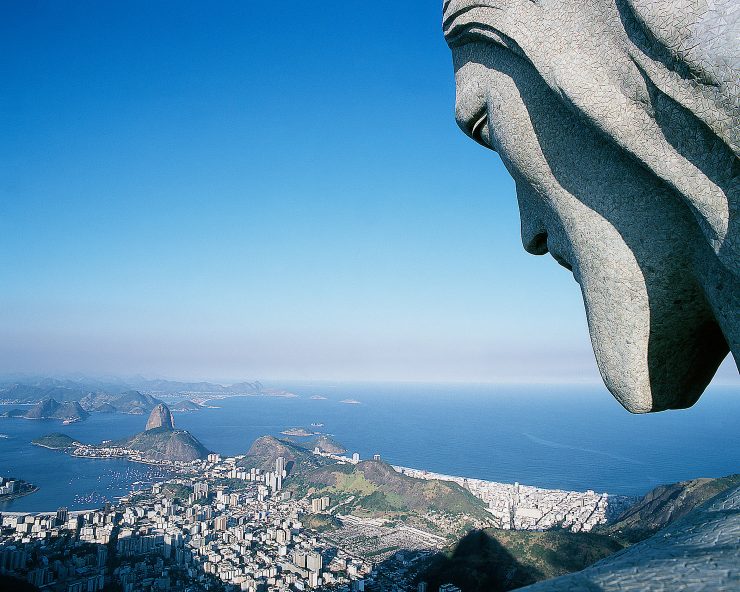
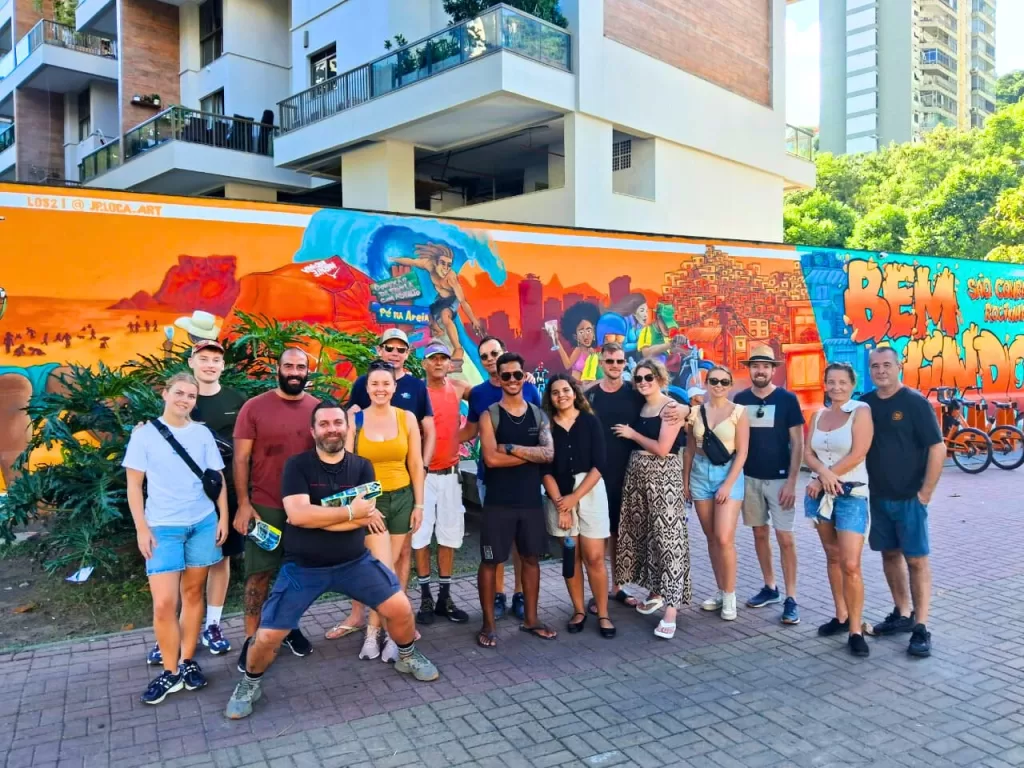
Visit the largest Favela in Latin America – Rocinha
We fully understand that there are lots of concerns about safety in Rio and especially about Favelas in Rio. However, we do not visit any Favela in Rio and recommend you to only visit a favela with a local guide. The tour is provided in Rocinha that since 1997 has become a tourist attraction in Rio and this opportunity has employeed many locals. Furthermore, the tour is led by a local experienced guide who lives in Rocinha.
Hang gliding from Sao Conrado Beach
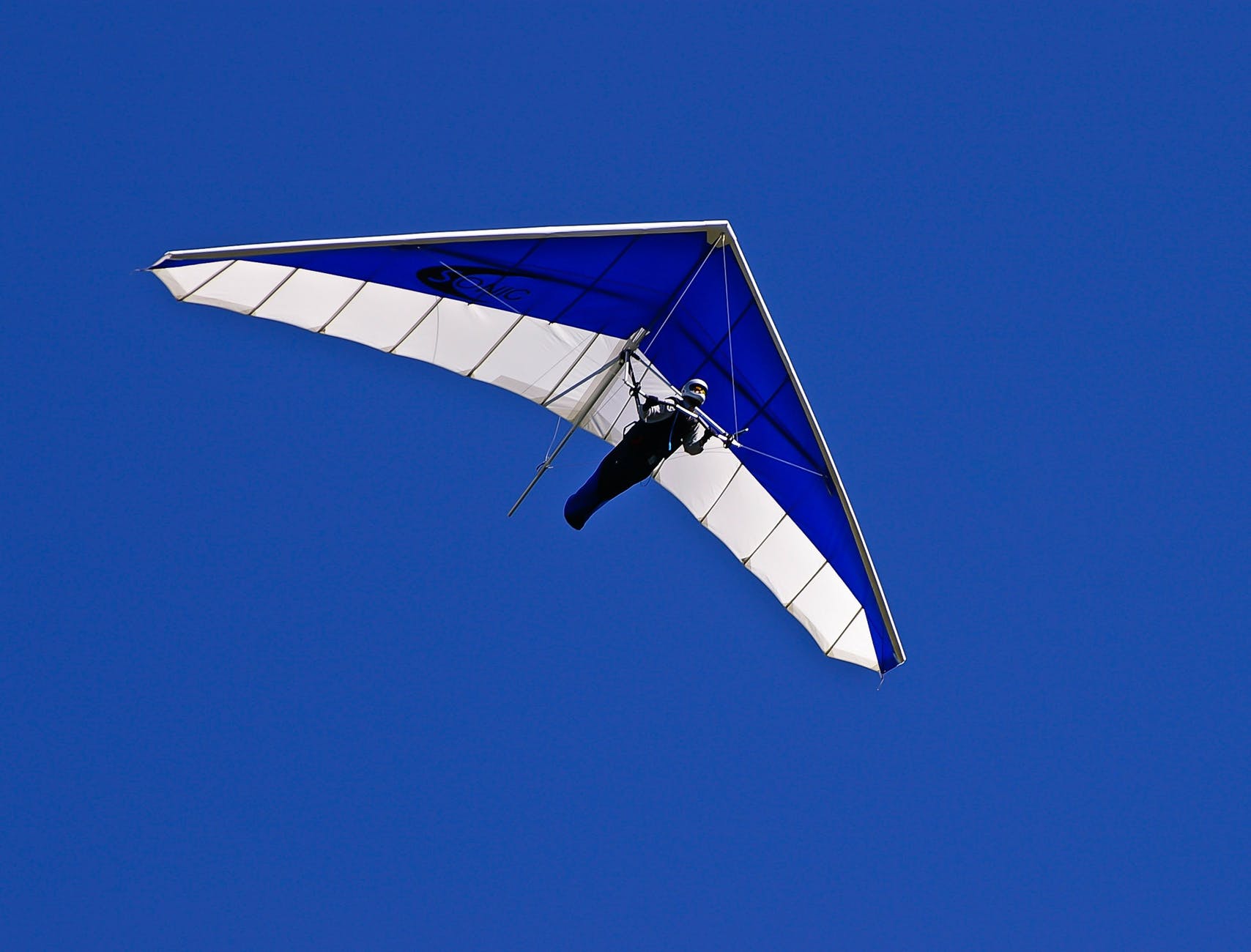
Rio Local Tours provide you with a Unique Experience where you will fly hang gliding up to 10 minutes enjoying the most beautiful landscapes of Rio and taking forever in your Memory the realisation of the dream of flying
The minimum age is 16 years old
The average flight lasts 6-12 minutes
Available Everyday
Football Matches at Maracanã Stadium

The matches available depends on the schedule for the ongoing tournaments. Matches may be on the famous Maracanã stadium, the Engenhão (Botafogo’s stadium), Ninho do Urubu (Flamengo’s stadium) or in São Januário (Vasco da Gama’s stadium).
No matter the stadium you should be in for an epic show.
Do not miss the chance to visit Maracana Stadium and Enjoying a football match in Rio. This is something incredible which must be experienced by every real football fan
Explore Tijuca Rainforest
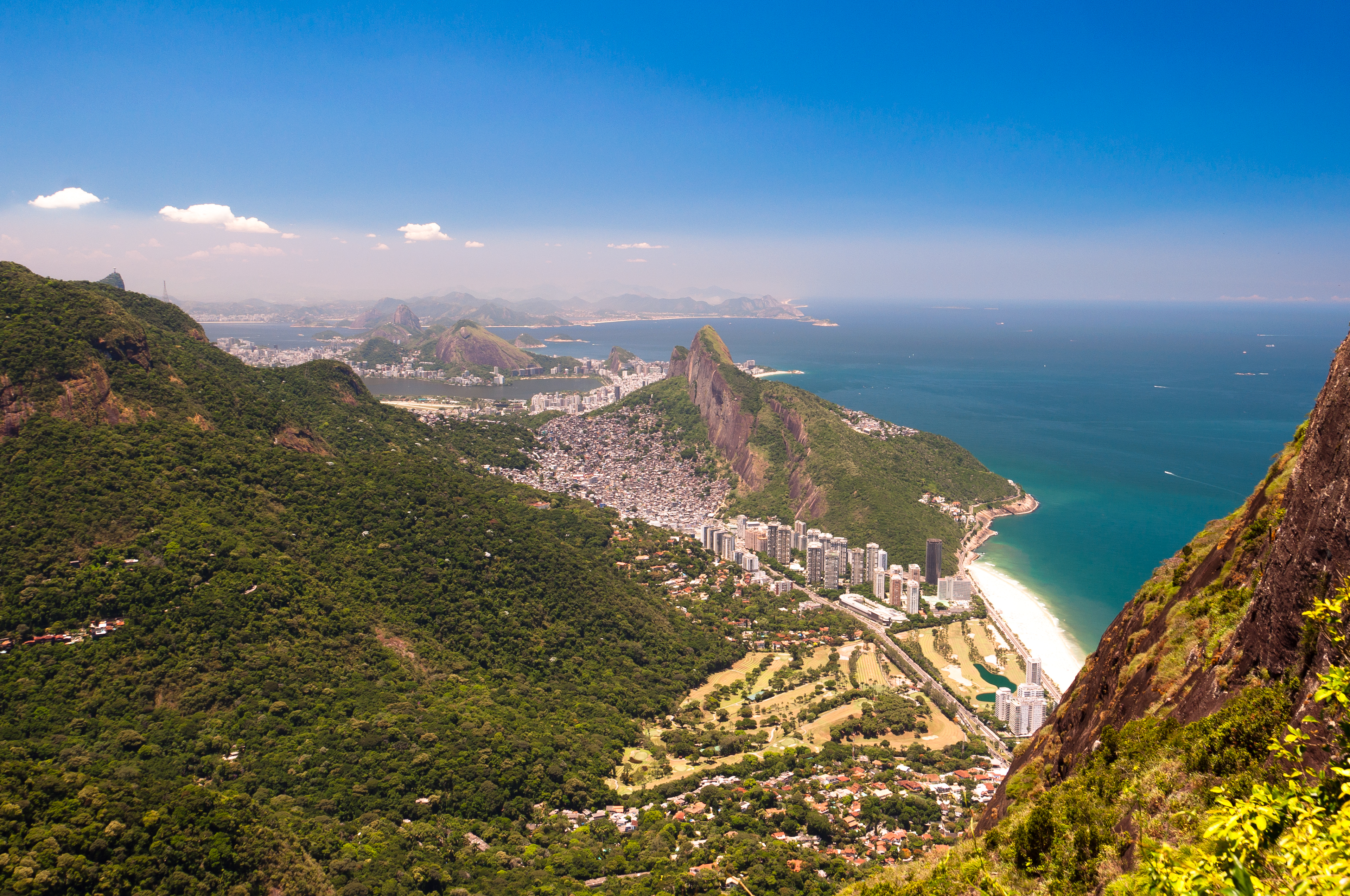
On our 4-Hour Private Favela with Tijuca Rainforest Tour, we will start seeing Rocinha Favela, the largest Favela in Latin America and explore the untamed Tijuca Rainforest right at the heart of Rio.
The Tijuca Forest is an ideal space to promote environmental education, with its trails, lakes, playgrounds for children and much more…Furthermore, all fauna and flora found in the Tijuca National Park promote an intense connection with nature
This option offers pickup from your hotel…
Available Everyday
The iconic Botanical Garden of Rio
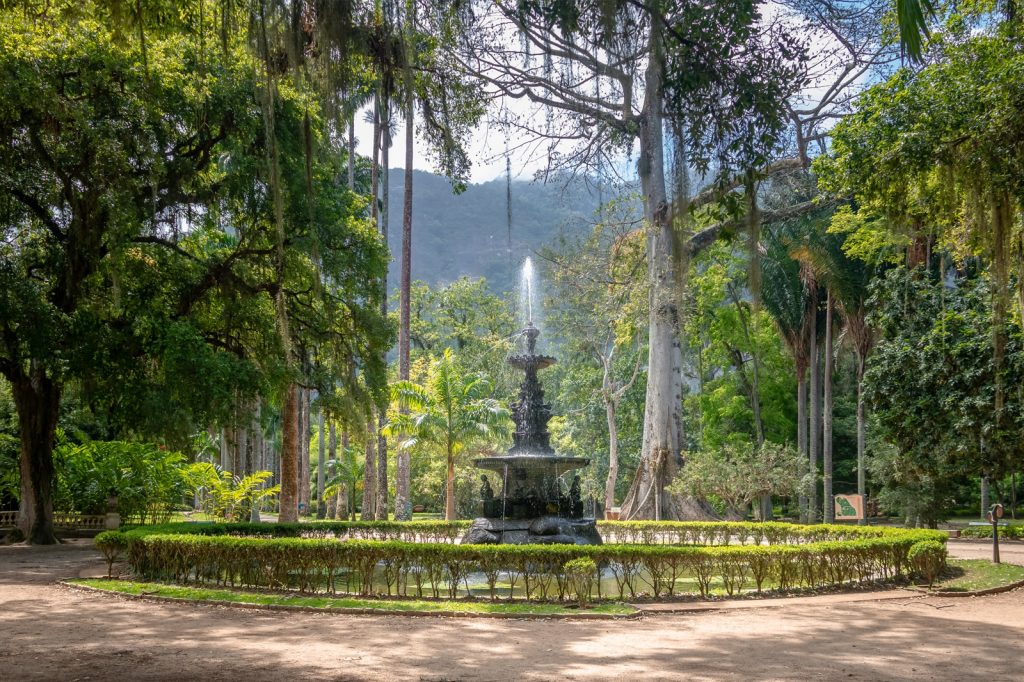
Rio’s Jardim Botanico, spanning 338 acres of lush gardens, is one of the city’s largest parks. Founded in 1808, there are over 6,500 plant species, as well as exotic animals such as monkeys, birds, and reptiles. More than 15,000 specimens of rare bromeliads are kept in 2 greenhouses and tree-beds at the arboretum, while the Japanese Garden houses 65 species of native plants and Japanese koi carp
The 10 Best Stunning Beaches in Rio de Janeiro
There are plenty of beaches in Rio and unfortunately we won’t be able to mention them down here, however, the list bellow should be enough if you are in Rio for a short visit.
1. Copacabana
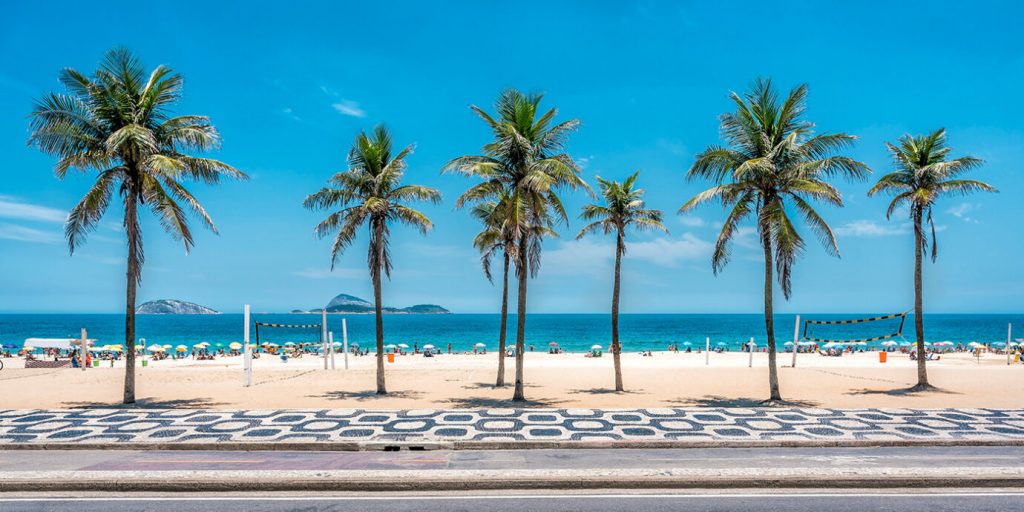
Copacabana is easily on top of the list of the best beaches in Rio de Janeiro – it is where most visitors make their way to for soaking in the warmth of the South American tropics, engaging in a host of beach and water sports, and partying on after sunsets.
2. Ipanema
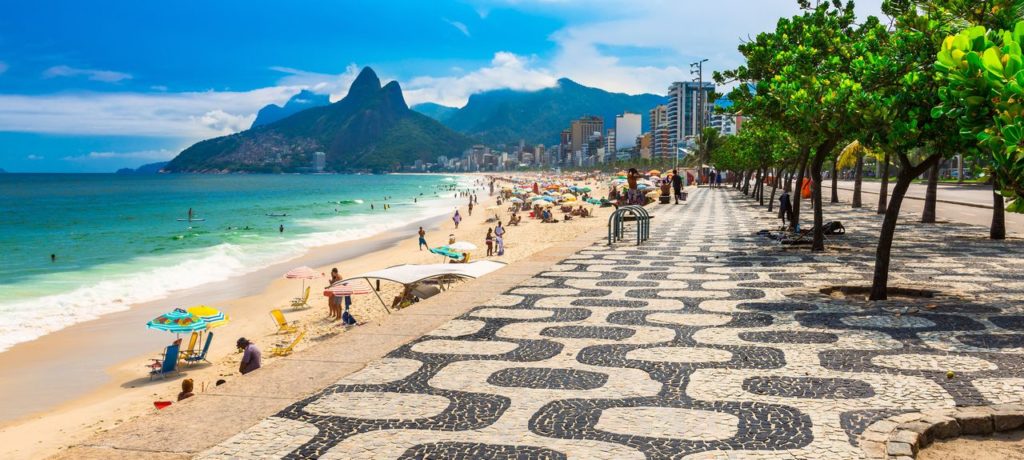
The beach at Ipanema is one of the best in Rio and it is definitely a must-see option. It is also known for its elegant development and its social life. As well as The Girl from Ipanema song by Antonio Carlos Jobim e Vinicius de Moraes
3. Leblon
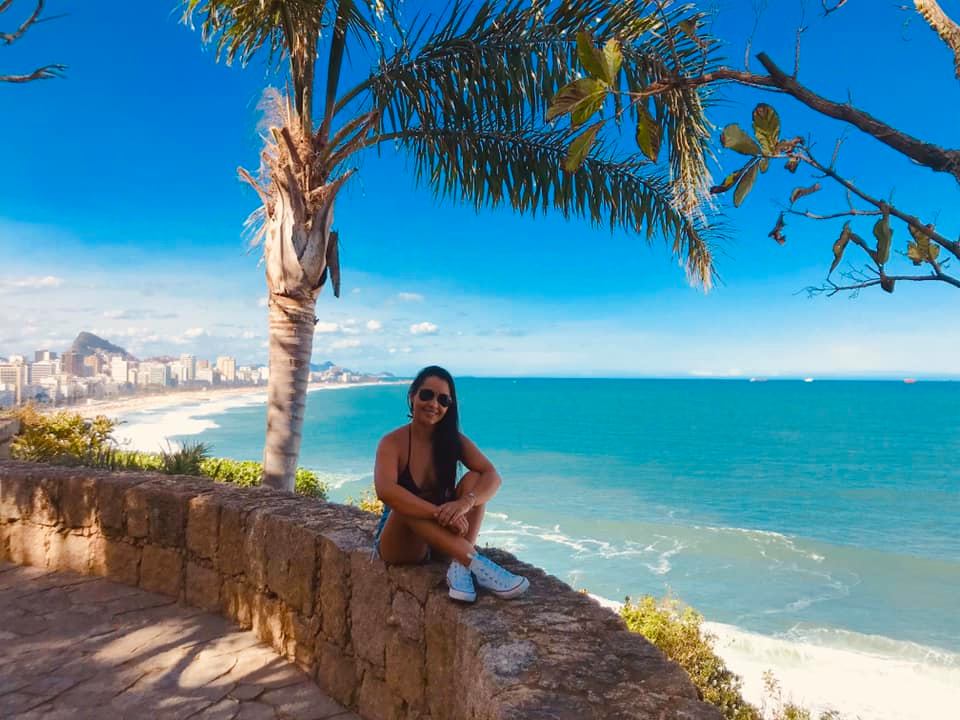
Leblon is one of the best hotspots in Rio and among richest neighbourhoods in Brazil. This charming beach offers lots of activities and it is less crowded than Ipanema and Copacabana. So, if you like peace – go to this one! Enjoy this 1.3 km of sandy-beach!
4. Arpoador
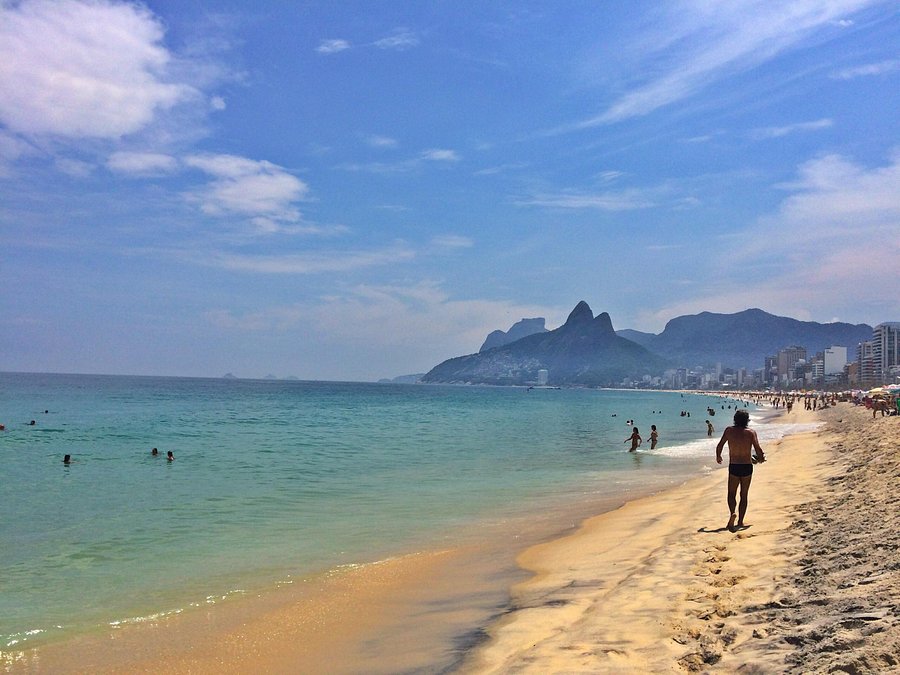
This beautiful stretch of sand lies between Ipanema and the fort of Copacabana. Arpoador offers great surf, but many who visit often make the climb up to the namesake rock formation overlooking the coast, for the dramatic sunsets.
5. Sao Conrado
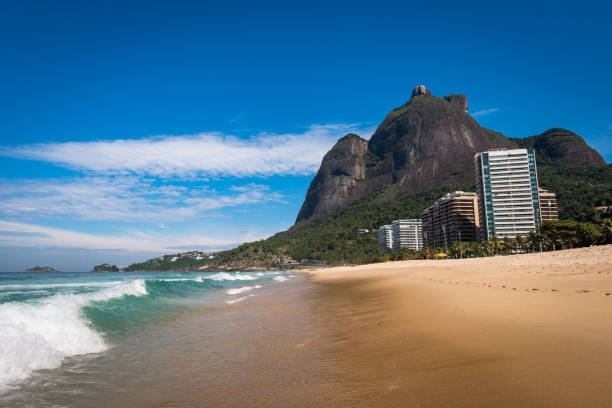
São Conrado is famous for its hang gliding (popular with locals and tourists alike), Fashion Mall which houses over 150 stores carrying national and international designers, and golf course. The neighborhood, or bairro, is made up of sophisticated residential buildings, night clubs, and elegant restaurants
6. Joatinga
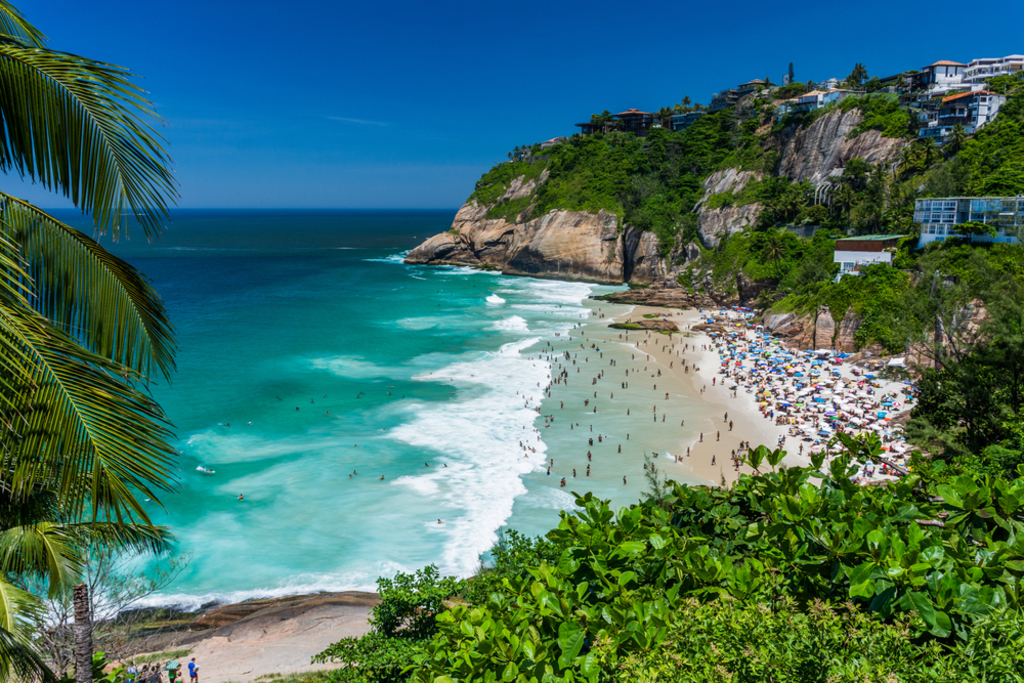
Joatinga is located between Sao Conrado and Barra and the best way to get there is by taxi. Nevertheless, this beach is looks like to be just an exclusive area for wealthy families. For a tiny beach, its beauty creates a huge impact with the bluest of blue waters and a lush forest border. The little bay is perfect for swimming in the cleanest part of Rio.
7. Barra da Tijuca
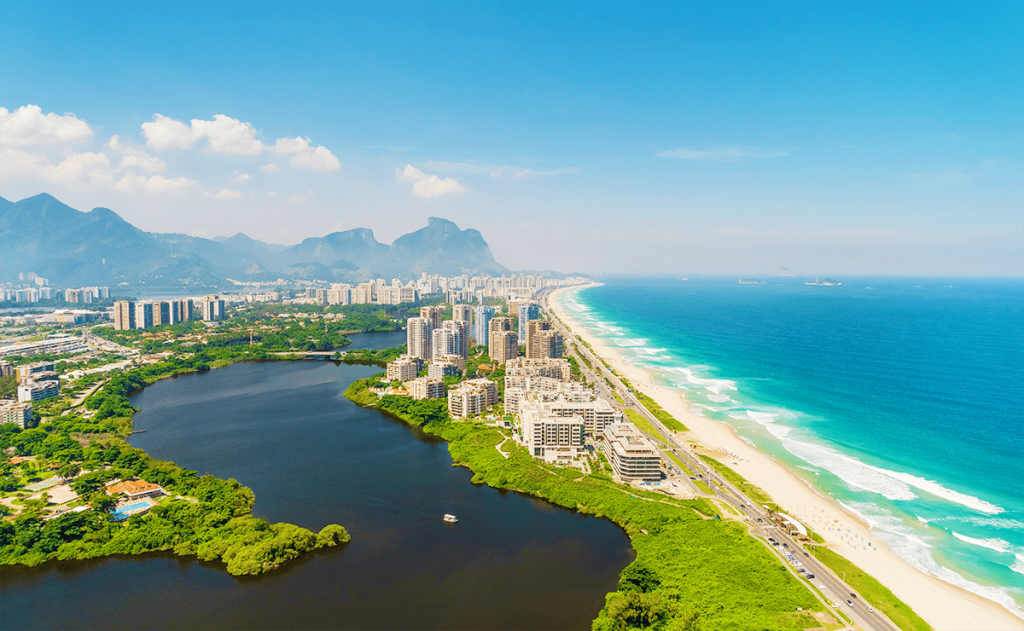
The 18 km long beach is the largest of Rio de Janeiro’s beaches. Barra’s beach starts at Morro do Joá and ends at the Recreio dos Bandeirantes neighborhood, in Pontal de Sernambetiba, beyond Avenida Lúcio Costa. Most of its waters are clear and green, and have an uncommon wave formation.
8. Recreio dos Bandeirantes
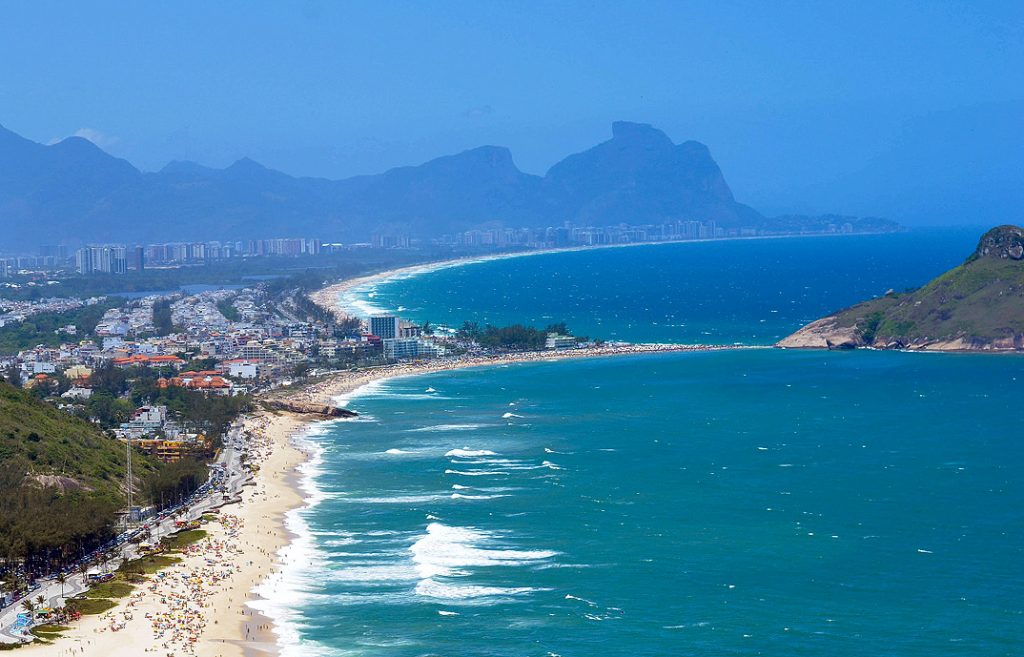
Recreio beach is one of the most sought after beaches by surfers, windsurfers, bodyboarders, kite-surfers and fishing enthusiasts. It is not as long as Barra, however, it is very unique and just 30 minutes drive from South Zone. Furthermore, this is a more calm place to be, clean and indeed a nice place to stay
9. Praia Vermelha
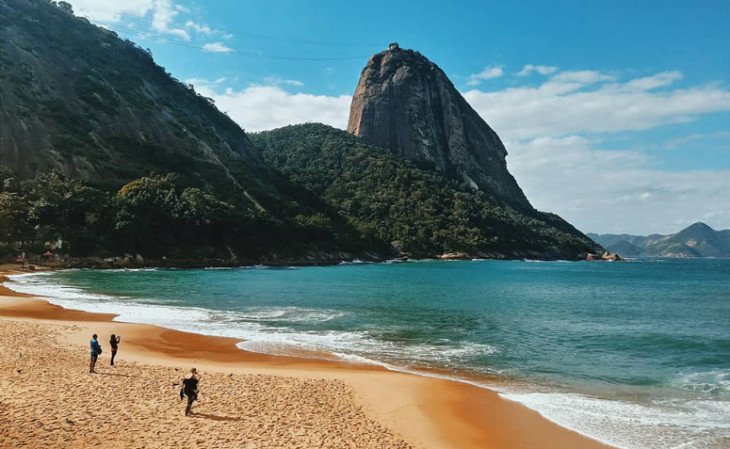
Although this enclosed volcanic beach is tiny, it’s a highly popular beach owing to its exotic setting, cradled by the rugged forested landscape of the Morros do Pão de Açúcar e da Urca or Sugarloaf Mountain. You can access it down a footpath that is formed from red sand and rocks. The sand gives off a pinkish glow, most apparent usually in the afternoons.
10. Grumari
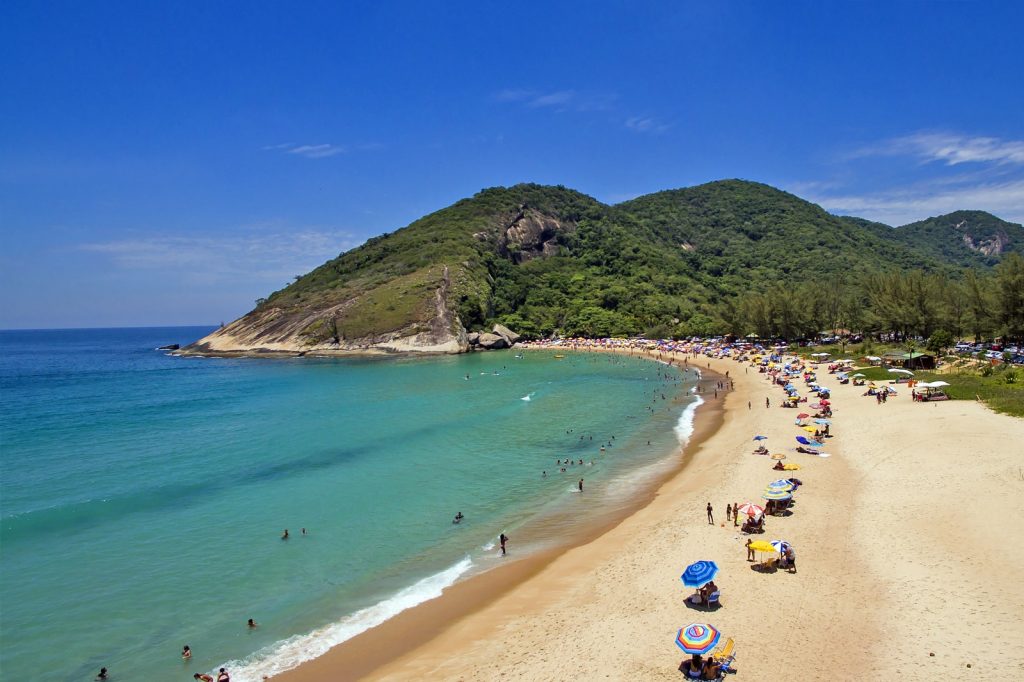
Neighbouring Prainha Beach and sharing its exotic and secluded setting, Grumari Beach offers a scenic and natural seascape. To emphasize on the “natural” aspect, the beach has a clothing-optional extension, especially near its northern end, where nude sunbathing and skinny dipping in its deep blue waters is all welcome.
Not sure yet?
Please contact us for more information and tips – If you have any question, do not hesitate to contact us on WhatsApp, Instagram or Facebook

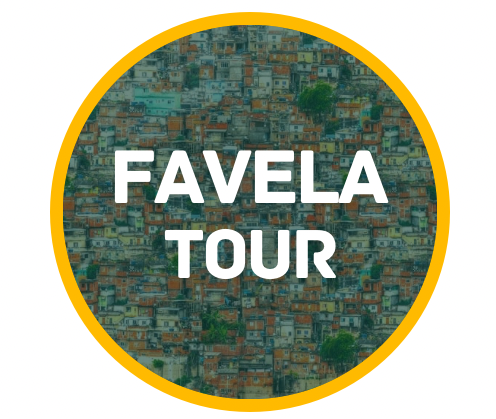
You must be logged in to post a comment.